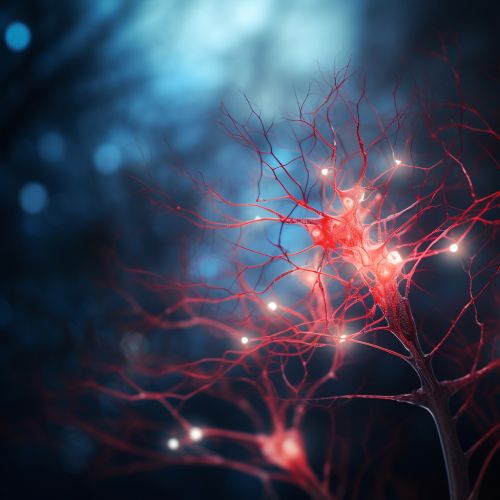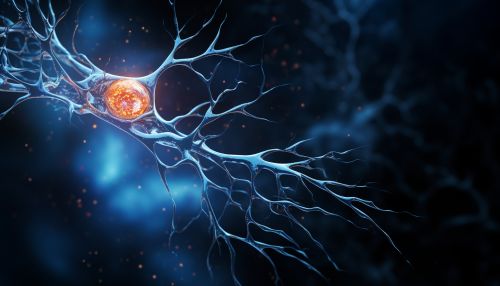Cell Body
Introduction
The cell body, also known as the soma, is the main part of a neuron that contains the nucleus and other organelles. It is the metabolic center of the neuron and is responsible for the synthesis of proteins and other essential molecules. The cell body is a critical component of the neuron, as it houses the genetic material and machinery necessary for the neuron's function and survival.
Structure
The cell body is typically round or oval in shape and varies in size depending on the type of neuron. It contains a variety of organelles, including the nucleus, mitochondria, endoplasmic reticulum, and Golgi apparatus. The nucleus is the largest organelle in the cell body and contains the neuron's genetic material. The mitochondria provide energy for the cell, while the endoplasmic reticulum and Golgi apparatus are involved in protein synthesis and processing.


Function
The primary function of the cell body is to maintain the neuron's health and functionality. It does this by producing proteins and other molecules necessary for the neuron's function. The cell body also plays a critical role in the transmission of nerve impulses. It receives signals from other neurons through its dendrites, processes these signals, and then sends them on to other neurons through its axon.
Role in Neurological Disorders
Abnormalities in the cell body can lead to various neurological disorders. For example, in Alzheimer's disease, there is a loss of neurons and synapses in the cerebral cortex and certain subcortical regions. This loss results in gross atrophy of the affected regions, including degeneration in the temporal lobe and parietal lobe, and parts of the frontal cortex and cingulate gyrus. Similarly, in Parkinson's disease, there is a loss of dopamine-producing neurons in the substantia nigra, a region of the midbrain. This loss of neurons leads to the characteristic motor symptoms of the disease, including tremors, rigidity, and bradykinesia.
